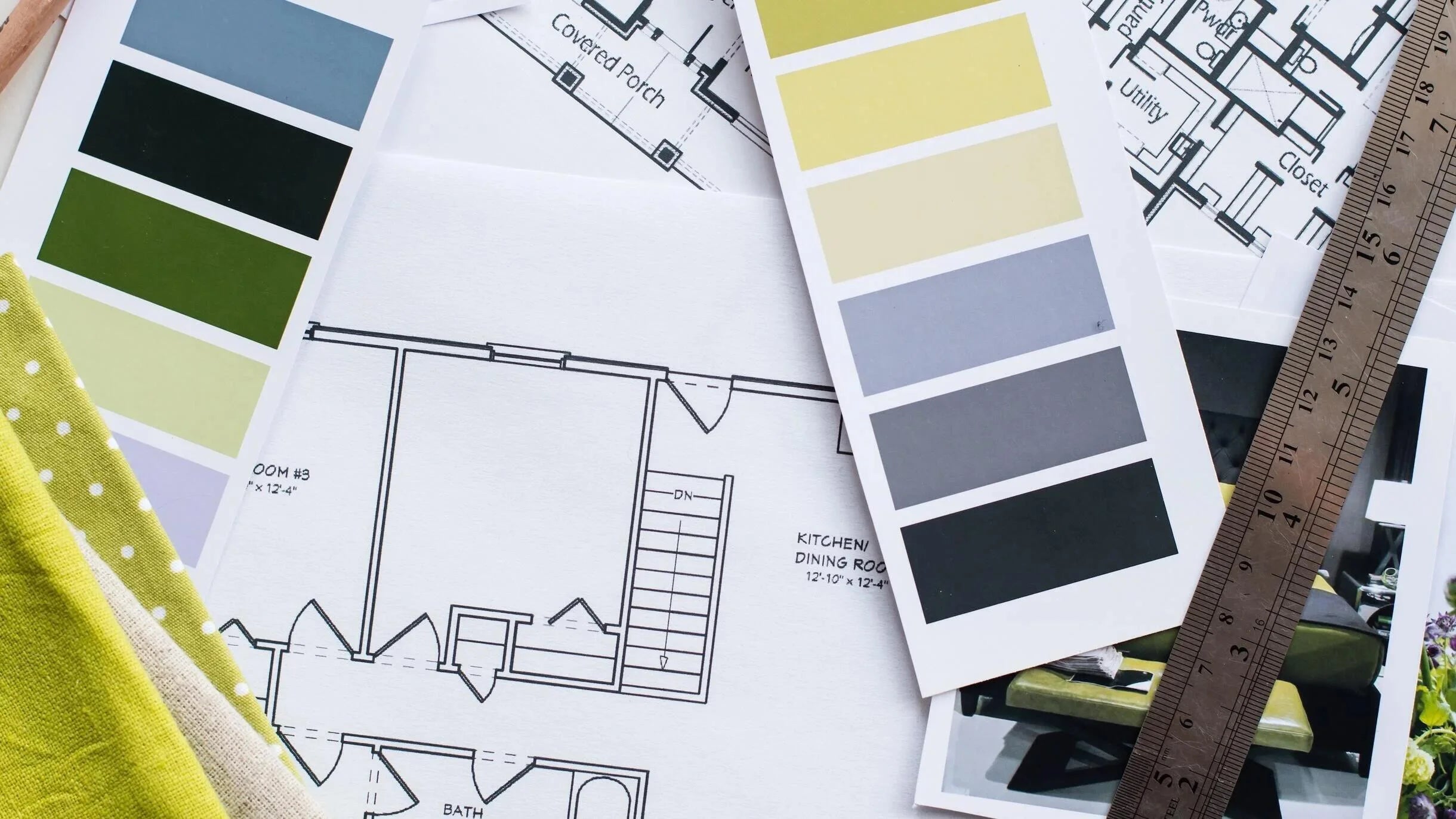Dear Sean,
My clients are starting to ask serious questions about the costs associated with embarking on or continuing their projects amid ongoing economic uncertainties. When I don’t know the answer to a question on the spot, my go-to response is usually, “I’ll look into that and get back to you!” But in this case, I’m at a loss. How do I help my clients grapple with the financial and emotional unknowns of breaking ground or moving to the next phase of a project?
Uncharted Territory
Dear Uncharted Territory,
When faced with someone’s irrational emotion, the one thing you cannot do is invalidate that emotion. For instance, telling someone to not be scared when they are terrified is a sure way to keep them terrified. Trying to provide unknowable answers to clients in the midst of today’s economic chaos is similar, and will most certainly backfire, breaking their trust in you. You have no more information about how much prices will rise for a client’s project than they do. While you might be the expert in all things design—and even the cost of producing your design in normal circumstances—you are not now.
To be useful to your clients, then, you have to focus the conversation on different metrics of success and risk. For instance, there is now a balance between the importance of finishing by a definite date versus the flexibility of allowing things to unfold, and even redesigning as needed. The aim will be to have some semblance of certainty in the next four to six months, whether good or bad. Of course, no one knows if that certainty will actually form, but we for sure know it is not here today.
If the absolute priority is to finish a project in a timely manner, then the case for additional expenses (that will definitely be incurred) is somewhat justified. If not, then perhaps there can be a pause—with an understanding of the appropriate expense for your firm to charge your client for the delay. Remember, you still need to be committed to the project; if you had known you would not be engaged for at least six months, you would have been free to take on other work. Certainty matters to you and your firm most of all.
Other metrics can hinge on the elements you deem critical to the project. If vendors of European antiques are what makes the project, that is a different conversation than if the elements you need to complete your design can come solely from the United States. However—and this is a big caveat—almost every designer will be undertaking the same endeavor at the same time, so be careful when estimating the supply of elements from the country. Anything that would be a comparable element will be in huge demand, so the savings of switching sources (especially when adding in the expense of having to redesign) might be negligible at best.
Ultimately, it will be a conversation about how far the client will be willing to go to get the same results for more money. Nobody is going to like it. It is not fair or even justified. It just is. You might be surprised to hear that in my experience, clients can generally afford the increase. For most, it’s not as though they will not be able to afford the house if they spend more on your design. The decision of what to spend is largely emotional: a feeling of what a “proper” investment should be to get your very best work.
Clients may have emotional reactions that make you uncomfortable. Coping with that will require compassion combined with the implementation of new boundaries in your contract and your client communications that manage expectations and risk. They might feel like Charlie Brown trying to kick the football, only to have Lucy pull it away at the last second. You should do your best to empathize with them, stressing that you too are Charlie Brown—and not Lucy.
One last thought: Beware the shiny penny and unicorns. There is no magic solution that will save the day here. Chaos is chaos, and there’s no truthful way to present it as anything other. If your client needs to make decisions in chaos (for example, because they have to be in their house by a certain date), then things will be as they will be, and that is all you can say. To the extent that you have made your firm as agnostic to the cost of production as possible (see my last column), your promise will be to navigate the storm as best as any professional can, with no expectation of success other than the promise of considered thought in the moment.
Pandora’s box is open—do not think for a second that shutting it is going to solve the problem. Instead, the best course of action is to sit in the irrationality of the moment. It is, in fact, irrational. Now is not the time to stake your reputation (and business) on the idea that you know what is coming—especially when truly no one does.
____________
Sean Low is the go-to business coach for interior designers. His clients have included Nate Berkus, Sawyer Berson, Vicente Wolf, Barry Dixon, Kevin Isbell and McGrath II. Low earned his law degree from the University of Pennsylvania, and as founder-president of The Business of Being Creative, he has long consulted for design businesses. In his Business Advice column for BOH, he answers designers’ most pressing questions. Have a dilemma? Send us an email—and don’t worry, we can keep your details anonymous.





























